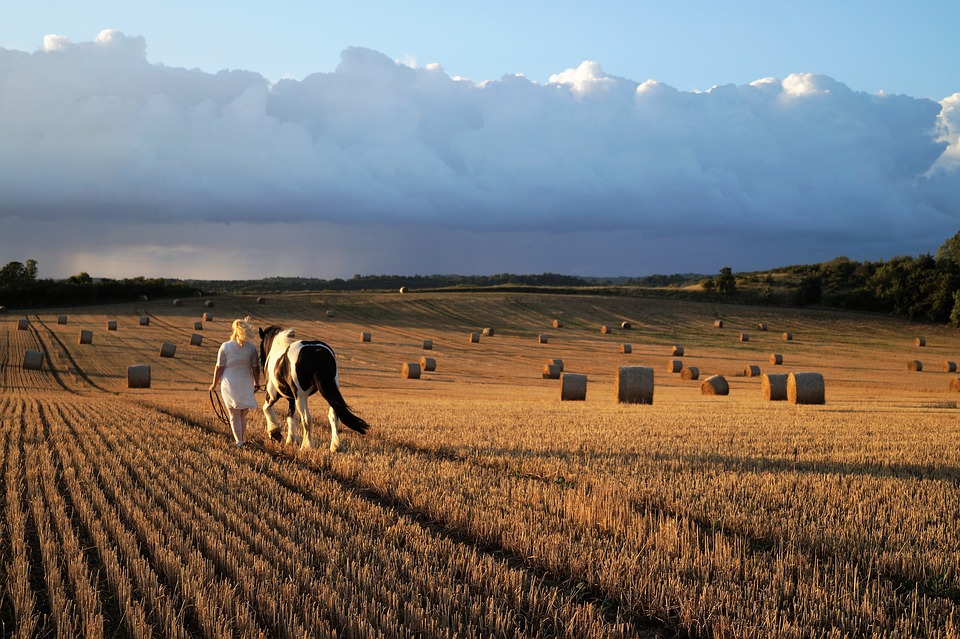Summary: Discover the remarkable connection between horses, stress management, and effective communication skills in this insight-giving article. Explore the profound impact of horses on our well-being as they become allies in navigating stress and enhancing our communication skills. Uncover the lessons horses teach us in authentic communication, emphasizing non-verbal cues and emotional congruence. With insightful quotes from experts and reflective journaling prompts, this article invites you to embark on a transformative journey of self-discovery, stress reduction, and enhanced communication.
Introduction
In our fast-paced and demanding modern world, effective communication is crucial for navigating the challenges and conflicts we encounter. It becomes even more challenging when stress enters the equation, as it can impair our ability to express ourselves clearly and listen attentively. However, an unexpected ally in the quest for improved communication skills emerges: horses. Horses possess a unique ability to teach us valuable lessons in effective communication, especially during times of stress. Let’s explore how horses can help us hone our communication skills and foster connection in demanding situations.
- Sensing and Reflecting Emotions: Horses are incredibly perceptive animals that can sense and act as a soundboard for human emotions. When we interact with horses, they pick up on our subtle cues and respond accordingly. In times of stress, horses can reflect our emotional state, serving as a mirror that brings our inner emotions to the surface. This heightened awareness allows us to recognize our emotional signals and adjust our communication approach accordingly, fostering more authentic and empathetic connections.
Journaling Prompt: Reflect on a time when you felt stressed. How did you notice your emotions affecting your communication?
- Non-Verbal Communication: Horses communicate primarily through body language and non-verbal cues. They teach us the importance of being mindful of our own body language and the messages it conveys. When we interact with horses, they respond directly to our non-verbal signals, teaching us to become more conscious of our posture, gestures, and facial expressions. By practising intentional non-verbal communication, we can align our words and body language, creating a more coherent and authentic message.
Journaling Prompt: Observe your own body language during moments of stress. How does it align or contradict your verbal communication? What changes can you make to ensure your non-verbal cues enhance your message rather than hinder it?
- Building Trust and Connection: Horses teach us that building rapport and trust is vital for effective communication, particularly in stressful situations. Horses respond positively when we approach them with respect, patience, and genuine intentions. By cultivating these qualities, we learn to create a safe and trusting environment where open communication can flourish. The process of developing trust with horses can then be applied to human interactions, enabling us to establish deeper connections even during times of stress.
- Active Listening: Horses excel in active listening, paying close attention to their environment and the signals of others. They teach us the importance of being fully present and attentive in our interactions. By observing horses’ active listening skills, we can learn to be more attentive, empathetic, and responsive in our conversations, even when under stress. Through active listening, we gain a deeper understanding of others’ perspectives, facilitating effective communication and reducing potential conflicts.
Journaling Prompt: Recall a time when you felt truly heard by someone. How did it make you feel? What can you do to cultivate active listening skills and create a similar experience for others, especially during challenging moments?
Conclusion:
Horses possess a remarkable ability to teach us essential communication skills, particularly when we are stressed. Their sensitivity, non-verbal communication skills, and ability to listen actively serve as valuable lessons for effective communication in demanding situations. By embracing the wisdom of horses, we can enhance our ability to communicate authentically, empathetically, and with clarity, fostering stronger connections and navigating stress without effort.
Improving your communication skills is an ongoing process. By incorporating the insights gleaned from horses into your daily interactions, you can foster meaningful connections, even in the midst of stress and challenging circumstances.
Further reading:
- “Horses Never Lie.” by Mark Rachid (2004)
- “Crucial Conversations: Tools for Talking When Stakes Are High” by Kerry Patterson, Joseph Grenny, Ron McMillan, and Al Switzler (2002)
- “Difficult Conversations: How to Discuss What Matters Most” by Douglas Stone, Bruce Patton, and Sheila Heen (1999)
- “How to Win Friends and Influence People” by Dale Carnegie (1936)
- “Never Split the Difference: Negotiating As If Your Life Depended On It” by Chris Voss and Tahl Raz (2016)
- “Talking to Strangers: What We Should Know About the People We Don’t Know” by Malcolm Gladwell (2019)
- “Influence: The Psychology of Persuasion” by Robert B. Cialdini (1984)
- “The Charisma Myth: How Anyone Can Master the Art and Science of Personal Magnetism” by Olivia Fox Cabane (2012)
- “Nonviolent Communication: A Language of Life” by Marshall B. Rosenberg (1999)
- “Just Listen: Discover the Secret to Getting Through to Absolutely Anyone” by Mark Goulston (2009)
These books offer valuable insights, practical techniques, and strategies for effective communication, whether it’s in personal relationships, professional settings, or everyday interactions. They cover various aspects of communication, including conversation skills, negotiation, influence, empathy, and understanding others.
© Dr Margaretha Montagu
PS. My Online Retreats
- Hoofbeats to Your Heart’s Calling: Finding Your Life Purpose with Horses
- Write Your Way to Serenity: A Guided Journaling Retreat Inspired by Horses



